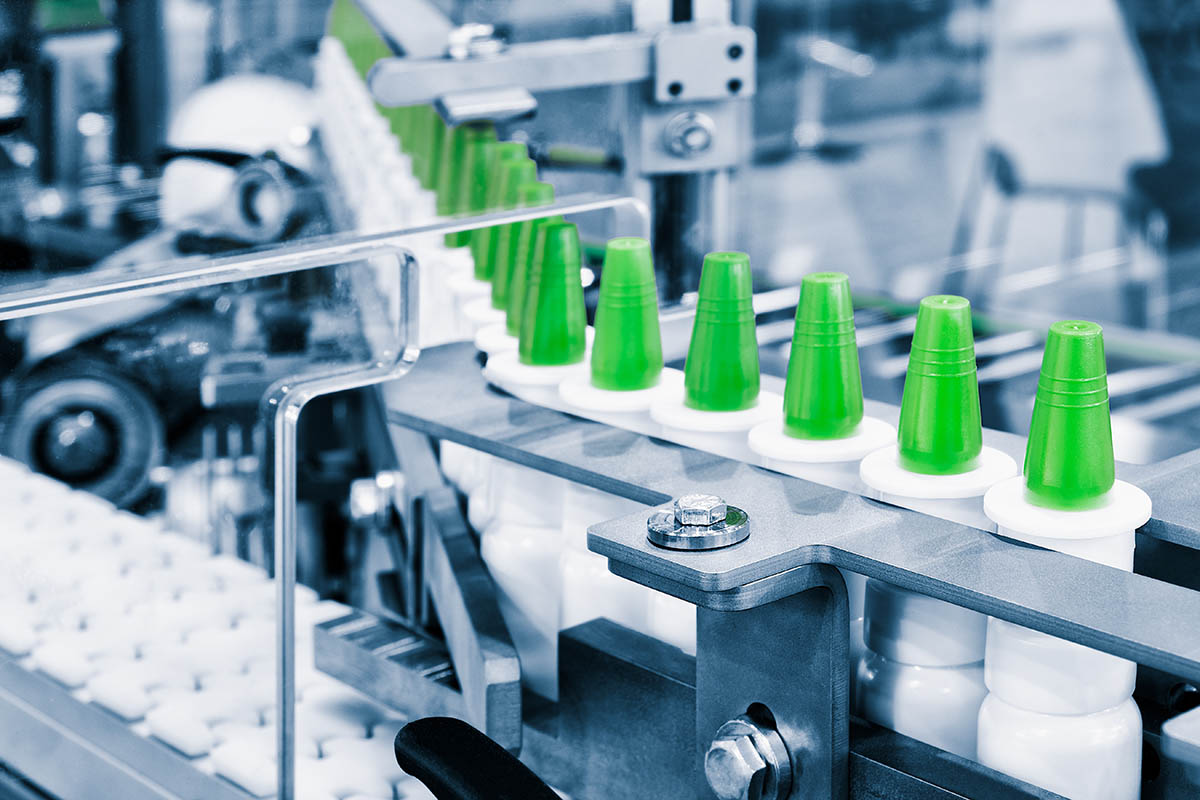

Medical technology market revenues are expected to reach US $241.7 billion by 2028. This high-value market is only a part of the entire medical industry supported by manufacturing—from syringes to medical device consumables to labware and more. Determining the right tooling option to manufacture these parts is a critical decision in achieving high-quality outcomes.
Choosing the right tooling materials for manufacturing medical parts can be complicated, but with the right expertise and partner it can be a smooth process for long-term results.
This is where having options makes a difference. Steel (hard) and aluminum (soft) tooling are both good options for creating the components used to manufacture medical parts. Selecting the option that will deliver the most value depends on your volume requirements, design complexity, and the lifespan of the mold.
Specialized tool manufacturers can generally build aluminum tooling quickly, Aluminum tools are compatible with a variety of materials, cost less than steel, and have better heat conductivity. The ability to quickly gain or dissipate heat shortens production cycle times and offers a more consistent mold temperature, reducing the chances of warpage and increasing yields.
Although aluminum boasts better heat conductivity and shorter production time than steel, its main drawback is that it can begin to wear down more quickly (typically after tens of thousands of production cycles) than steel. Worn tooling increases the chances for imperfections, a deal breaker for medical applications. Manufacturers may need to replace or repair aluminum tooling more often than steel tooling.
Steel is a harder material than aluminum. This gives steel tooling many advantages: components can produce millions of parts over years without diminishing quality, the material allows for more complex designs, and the material is resistant to scratches and erosion. Steel tooling supports high-volume production runs for an extended period.
However, steel tooling is also more expensive, and because steel is so hard, tooling may become difficult to repair or modify once produced. Steel doesn’t allow as much heat conductivity and so, molds take longer to heat and cool, increasing cycle times, potentially introducing warpage, shrinking, or sink marks. Additionally, high-featured designs or those that have unique requirements (e.g., thin, non-uniform walls) may require the use of steel molds to provide the required results.
Both steel and aluminum tooling can be suitable options once the complete part design, budget and volume scenarios are fully considered. While the raw costs are distinctively different, the overall return on investment will depend on the lifespan of the tool and its usage.
The decision comes down to the intended use of your tooling. Figure 1 shows a simplified version of the three factors to consider when determining which tooling material to use.
Figure 1. Decision chart for steel vs. aluminum tooling
Prototypes are essential to developing new medical devices and other types of health technology. They allow engineers to test how their concept works in the real world, answering important questions, such as how well the part addresses the treatment’s core problem, how it fits with existing systems, and how easy it is to access and maintain. Without prototyping, these essential questions go unanswered, and the product is less likely to succeed during later stages.
Consider using aluminum tooling for early prototypes if your volume needs are low – for example: less than 50,000 parts. Aluminum tooling will maintain its quality and reliability for the number of runs required to produce the prototype. Creating steel tooling for these low-volume runs may not provide the return on investment that aluminum will. Steel tooling is a more viable investment for high-production runs when volumes increase.
Choosing the appropriate tooling for manufacturing your medical parts is crucial. The right tooling material will help guarantee the reliability of parts in high-volume production or the cost-effectiveness of parts in low-volume runs. Consider working with a tooling design and manufacturing expert to ensure consistent, reliable and high-quality outcomes.
At SyBridge, our expert engineers can help you select the right tooling material to meet your needs. We bring decades of expertise in tool design and manufacturing of various types and levels and can guide you with the right choice for your application.
Contact us today to discover how SyBridge can produce the excellence you desire.
Forget typical cycle times. We're pushing the boundaries of conformal cooling. While traditional approaches deliver…
Forget typical cycle times. We're pushing the boundaries of conformal cooling. While traditional approaches deliver…
From left to right: Brayden Janak (apprentice); Logan Vifaquain (CNC machining, Programming and CMM); Ron…
SyBridge Technologies is proud to announce we have been awarded the 2023 General Motors Supplier…
Today, designers and engineers are accustomed to working with digital tools in their day-to-day jobs.…
Optimizing Your Injection Molding Process for Cost-Effective Manufacturing Excellence In today’s competitive landscape, manufacturers are…